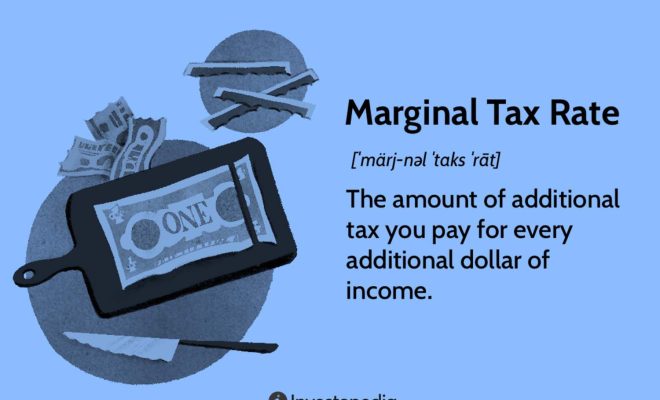How to Calculate Tax Rate

Taxation is an essential part of every individual’s financial life. Understanding how to calculate the tax rate can help you manage your finances more effectively and avoid surprises during the tax season. In this article, we will explore the steps involved in calculating your tax rate, the different types of tax rates, and how to optimize your tax situation.
Steps to Calculate Tax Rate
1. Determine Your Taxable Income:
The first step in calculating your tax rate is to determine your taxable income. This includes all income earned, such as wages, salaries, self-employment income, interest, dividends, and rentals. Subtract any applicable deductions and exemptions from your gross income to obtain your adjusted gross income (AGI).
2. Identify Your Tax Bracket:
Tax brackets are ranges of income with corresponding tax rates. Governments use a progressive tax system where higher-income individuals typically pay a higher percentage of their income in taxes. Based on your taxable income and filing status (single, married filing jointly, etc.), identify which tax bracket you fall into.
3. Calculate Your Tax Liability:
Multiply each segment of your taxable income that falls within each tax bracket by the applicable tax rate for that bracket. Sum up these amounts to find your total tax liability.
4. Determine Your Effective Tax Rate:
Divide your total tax liability by your taxable income and multiply by 100 to obtain your effective tax rate. This rate represents the average percentage of taxes paid on every dollar of taxable income.
Types of Tax Rates
1. Marginal Tax Rate:
This is the percentage of taxes paid on an additional dollar of income earned within that specific tax bracket. It represents the highest rate you will pay in taxes for any increase in earnings.
2. Average Tax Rate:
As mentioned earlier, the average or effective tax rate represents the overall percentage of taxes paid on your entire taxable income.
3. Statutory Tax Rate:
The statutory tax rate is the official rate set by the government for a specific tax bracket. It may differ from your effective tax rate due to deductions and exemptions.
Optimizing Your Tax Situation
1. Maximize Deductions and Exemptions:
Ensure you take advantage of all available deductions and exemptions to reduce your taxable income. Consult with a tax professional to identify commonly overlooked deductions.
2. Tax-Advantaged Retirement Savings:
Maximize contributions to tax-advantaged retirement accounts, such as 401(k)s or IRAs, which can reduce your taxable income.
3. Tax-Efficient Investment Strategies:
Coordinate your investment strategies with your tax goals. For example, capital gains taxes can be minimized by holding investments for more extended periods before selling, thereby benefiting from lower long-term capital gains rates.
Conclusion
Understanding how to calculate your tax rate is crucial for making informed financial decisions and managing your financial obligations responsibly. By following the steps outlined above and recognizing the different types of tax rates, you can make better choices regarding your taxable income and optimize your tax situation.






